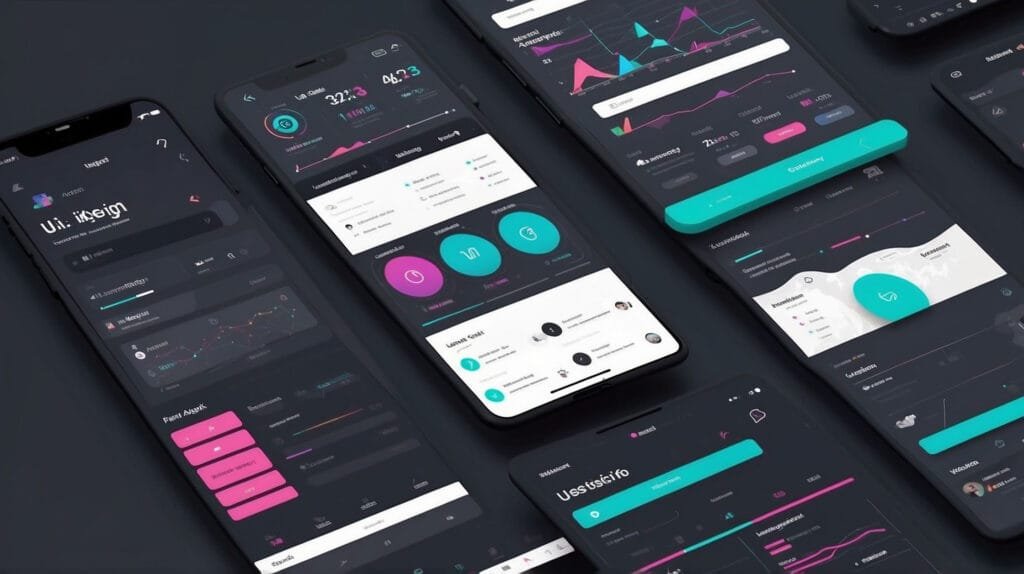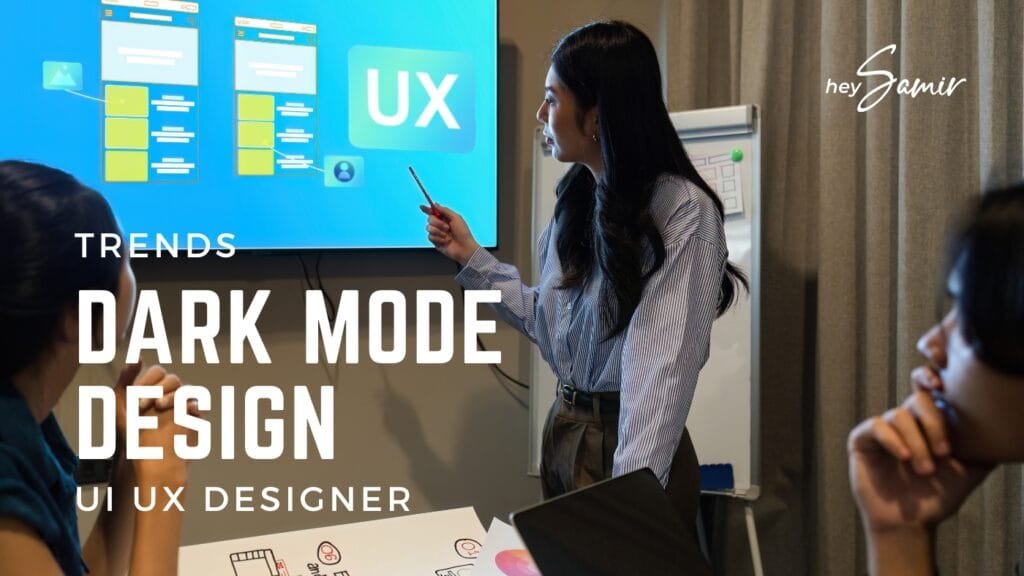Introduction: How to Create User-Centric Designs That Convert in 2025
Creating user-centric designs that convert in 2025 requires a blend of creativity, strategy, and empathy for users’ needs. With evolving trends and technologies, businesses must focus on building interfaces that are not just visually appealing but also functional and conversion-focused. In this blog, we will explore practical tips and insights to help you create designs that captivate users and drive results.
User-centric design places the user at the heart of the design process, ensuring every element aligns with their preferences and behaviors. In current_year], where competition is fierce, it’s critical to:
- Enhance usability to keep users engaged.
- Prioritize accessibility for diverse audiences.
- Incorporate modern design trends to stay relevant.
These principles not only boost user satisfaction but also significantly improve conversion rates.
1. Understanding User Behavior in 2025
To create effective user-centric designs, it’s essential to understand your audience. Consider the following:
- Leverage Analytics: Use tools like Google Analytics to identify user behavior patterns.
- Conduct User Research: Regular surveys and interviews provide valuable insights into user preferences.
- Create Personas: Develop detailed personas to tailor designs to specific audience segments.
2. Best Practices for Crafting User-Centric Designs
Implement these strategies to ensure your designs convert:
Focus on Simplicity and Clarity
- Minimize clutter by using whitespace effectively.
- Use clear, concise text to guide users.
- Stick to intuitive navigation structures.
Optimize for Mobile Devices
- Use responsive designs to ensure a seamless experience across devices.
- Test your designs on various screen sizes.
- Prioritize fast loading times to reduce bounce rates.
Enhance Visual Appeal
- Use high-quality images and videos.
- Implement color schemes that evoke the right emotions.
- Ensure fonts are legible and align with your brand identity.
3. The Role of Accessibility in Modern Design
Accessibility is no longer optional; it’s a necessity. Make your designs inclusive by:
- Adding alt text to all images.
- Ensuring color contrast meets WCAG guidelines.
- Providing keyboard navigation for users with disabilities.
4. Tools and Technologies to Elevate Your Designs
Stay ahead by leveraging the latest tools and technologies:
- AI-Powered Design Tools: Platforms like Canva and Adobe XD use AI to suggest design improvements.
- Heatmaps: Tools like Hotjar provide insights into user interaction with your website.
- Prototyping Software: Figma and Sketch allow for rapid design testing and feedback.
5. Testing and Iterating for Better Conversions
No design is perfect on the first attempt. Continuous improvement is key:
- Conduct A/B Testing: Compare different versions of your design to identify what works best.
- Gather Feedback: Use tools like UserTesting to collect real-time feedback from users.
- Monitor Metrics: Track KPIs such as click-through rates (CTR) and conversion rates to measure success.
Conclusion: Designing for the Future
Creating user-centric designs that convert in 2025 involves a deep understanding of user needs, adherence to accessibility standards, and the use of advanced tools. By focusing on simplicity, mobile optimization, and continuous iteration, you can craft designs that not only captivate users but also achieve your business goals.
Embrace these strategies to stay ahead in the dynamic world of design and deliver exceptional user experiences that convert.



